The metal finishes processes we have are:
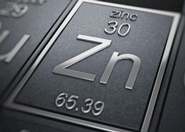 ZINC
ZINC
In all versions of color: green, blue, yellow and black. All of them in trivalent systems (CR+3), this is to share our commitment with the environmental care, both rack and barrel automatic systems.
-RACK: Capacity up to 1.80 in length.
-BARREL: Production per shift up to 4.5 tons.
The zinc coating process,which gets a uniform layer of color to choose and which finish provides protection against corrosion.(Up to 280 hours saline fog).
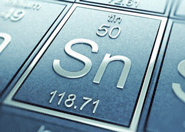 ACID TIN
ACID TIN
The tin plating process involves electrodeposition of metallic tin on a surface which may be metallic or non metallic, the great importance of these coatings resides in its resistance to weather, water and several salt solutions and slightly acidic.On the other hand, its resistance to the attack by most organic acids (citric, magical, lactic, etc.) and non-toxic nature, make them particularly suitable for the protection of containers in the food industry. It is also used to protect lead wires of copper and iron against atmospheric corrosion attack.
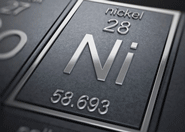 BRIGHT NICKEL AND SEMI-GLOSS (DULL)
BRIGHT NICKEL AND SEMI-GLOSS (DULL)
The plating process involves electrodeposition of metallic nickel on a surface which may be metallic or non-metallic in order to protect parts corrosion. Bright nickel coatings produce savings, without the operation of polished, especially before depositing a layer of chrome.
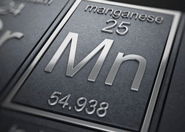 ZINC AND MANGANESE PHOSPHATE
ZINC AND MANGANESE PHOSPHATE
Zinc phosphate is used as a oxidation protector and as lubricant base layer or basecoat for subsequent coatings, can be applied by immersion and spray.
The manganese phosphate is black corrosion resistant, applied on steel surfaces and cast iron, reduces wear and tear on items such as pistons, rings, shafts, bearings, engine blocks, engines, camshafts and similar surfaces. Their benefits are as follows:
- Allows rapid braking without wear of moving parts, avoiding contact of the metal to metal surfaces.
- Increases the lubrication of the treated surfaces thanks to the oil-absorbing coating.
- Cover slight scratches produced by machining operations.
- Slows corrosion.
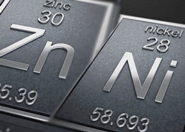 ALLOYS: ZINC-NICKEL / ZINC-TIN
ALLOYS: ZINC-NICKEL / ZINC-TIN
Alloys of zinc-niquel / zinc-tin as a protective coating provide good protection of steel.These alloys are mainly used for automotive, construction and appliances providing superior performance to the other metal finishes.
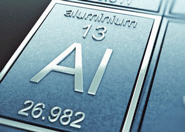 ANODIZED
ANODIZED
Electrolytic process used to increase the thickness of the natural oxide layer on the surface of metal parts. This technique is commonly used on aluminum to generate an artificial protective layer using the protective aluminum oxide, known as alumina. The layer is obtained by electrochemical methods, and provides greater strength and durability of aluminum.
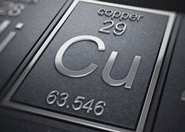 COPPER PLATING
COPPER PLATING
Electrolytic process, which consists in applying a red copper film on ferrous materials, brass, bronze, samac and others. It is used as a coating on electricity, industrial, decorative and artistic.It is protected from oxidation, providing long-lasting, applying over it, bakestable electrostatic paint powder, colorless (clear), in bright tones and matte, resulting in a beautiful, sober and elegant finish that combines very well with wood, leather, metal, glass, concrete, brick, paints and other materials.
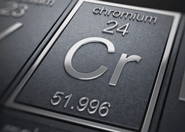 CHROME PLATING
CHROME PLATING
Consists of a thin protective layer on the aluminum surface. This is primarily used in the electrical industries as a favorable combination is obtained in terms of resistance and electrical conduction. Some of the benefits are:
- Resistance against corrosion.
- Best Appearance.
- Excellent surface for the subsequent use of paint or adhesives.
- Electrical conduction.
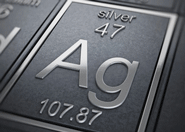 SILVER PLATING
SILVER PLATING
The silver process consists of an alkaline electrolyte which enables obtaining coatings of Silver's spectacular shine to any thickness. The high purity of the deposited silver makes it suitable to this process for parts focused on all kinds of applications, from electric contacts requiring high conductivity and resistance to temperature, up to decorative objects. Silver deposits obtained through this process are high-purity, and have a high hardness combined with an excellent ductility.

